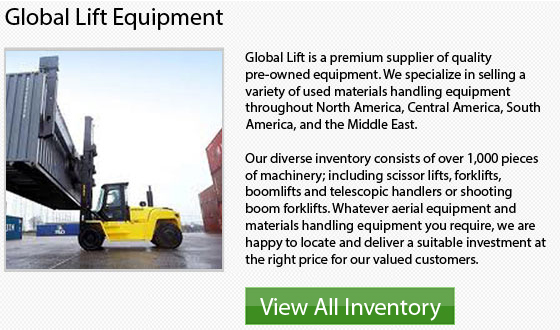
The number of choices which need to be made when choosing a new or used forklift can really be overwhelming, whether you are thinking of expanding your business fleet of lift trucks or if you are beginning with your first lift truck. There is such a wide array of options like for instance IC or internal combustion engines, electric units or the newest hybrid lifts. Making time to know your needs and get what you want out of your machine in order to facilitate loading and unloading applications for your warehouse or dock is really crucial.
The upfront costs are of course a key consideration when making a huge purchase. The long term operating expenses of the lift truck also has to be considered. For instance, bear in mind that your biggest expense in this specific category is going to be the fueling expenses associated with running your forklift.
Among the current internal combustion lift trucks available on the market nowadays, the diesel unit tends to provide some of the cheapest operating and fuel expenses. These forklifts can out-power and out-lift your average electric forklift without difficulty.
There are many advantages and disadvantages associated with diesel lift trucks just as there are with all forklift models. The following is a brief buying guide for diesel lift truck units in order to help determine the unit best for your needs and help you cut through the confusion. By knowing about the potential pitfalls, you will be prepared to make a wise purchase.
More than likely the biggest advantage enjoyed with diesel forklifts is their low operating expense. Typically, diesel is the cheapest fuel option for internal combustion lifts. Though electric lifts are less costly in the long run, they don't necessarily work the best for outdoor environments.
Although diesel lift trucks are great for outdoor environments, they are however not utilized properly indoors. The emissions from a diesel units could be vary hazardous if not correctly ventilated in an indoor warehouse. Additionally, diesel forklifts are a lot louder than their emission-free electric counterparts.